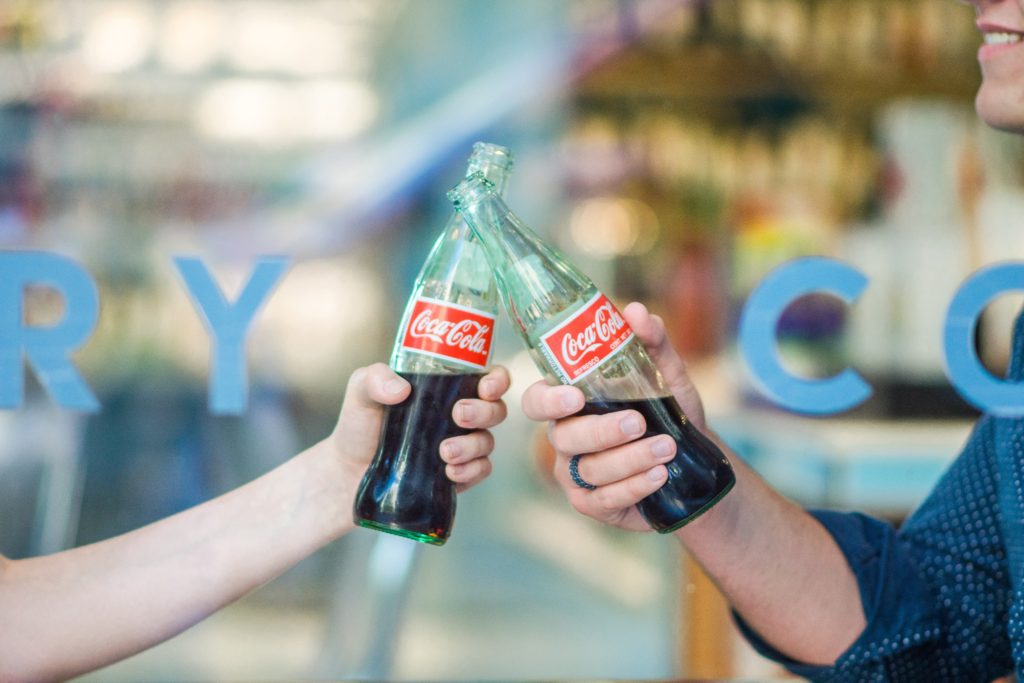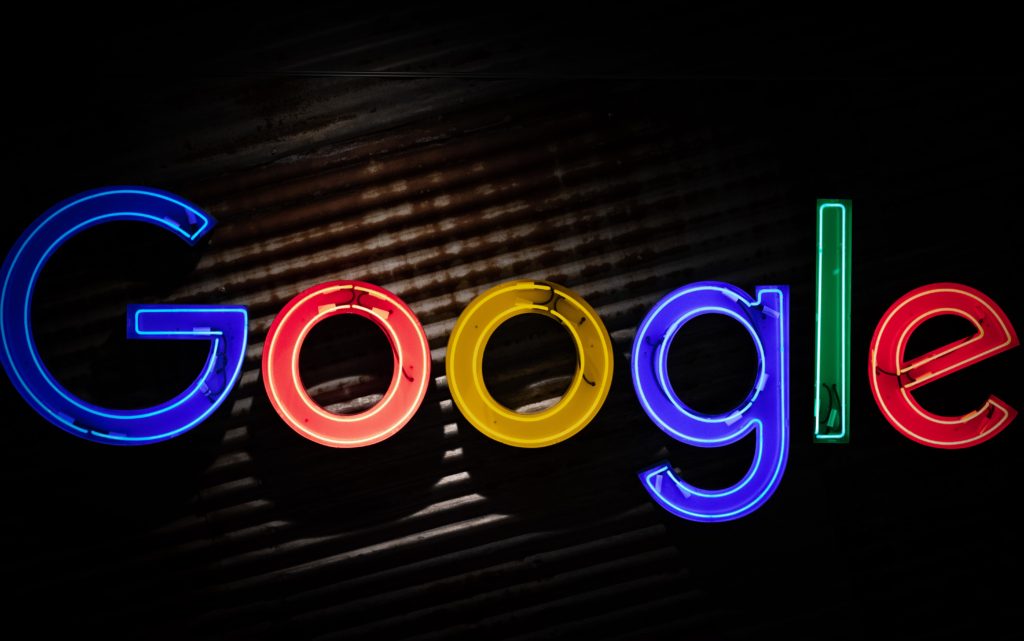Stories have always been a powerful way to communicate ideas and influence people. They have the ability to capture our attention, engage our emotions, and stick in our minds long after we’ve heard them. As a business owner or marketer, you can leverage the power of storytelling to sell your products or services. In this article, we’ll explore how you can use stories to sell effectively.
Create a relatable protagonist
When crafting your story, make sure you have a relatable protagonist that your audience can identify with. This could be a character who is facing a problem or a challenge that your product or service can solve. By creating a protagonist that your audience can empathize with, you can draw them into your story and help them understand why your product or service is relevant to them.

One example of a brand that creates a relatable protagonist in their marketing is Nike. Their “Just Do It” campaign features real people overcoming obstacles and achieving their goals through the power of sports and fitness. By showcasing ordinary people doing extraordinary things, Nike creates a protagonist that their audience can identify with and aspire to be like.
Highlight the benefits
The benefits of your product or service should be woven into your story. For example, if you’re selling a fitness program, you could tell a story about someone who struggled with their weight and health until they discovered your program. By showing the benefits of your product or service through the story, you can help your audience see how it can improve their lives.

Apple is known for highlighting the benefits of their products through storytelling in their advertising campaigns. For example, their “Shot on iPhone” campaign features stunning photos and videos captured on their devices, showcasing the high-quality camera and the creative possibilities it enables.
Use emotion
One of the most powerful ways to make a story stick is to use emotion. Emotions are what drive people to take action, and by tapping into your audience’s emotions, you can make them more likely to buy from you. Use words that evoke feelings of happiness, sadness, or excitement, depending on the story you’re telling.

Coca-Cola is a brand that effectively uses emotion in their marketing. Their classic “Share a Coke” campaign, which replaced the brand name on their bottles with popular names, tapped into the emotions of sharing and connection. By personalizing their product and encouraging people to share it with others, Coca-Cola created an emotional connection with their audience.
Be authentic
Authenticity is key when it comes to storytelling. People can spot a fake story from a mile away, so make sure that your story is genuine and truthful. Share real stories from your customers or your own experiences to show your audience that you understand their needs and that your product or service can truly help them.

Dove is a brand that has built their marketing around authenticity. Their “Real Beauty” campaign features real women of all shapes, sizes, and ages, celebrating diversity and body positivity. By showing real women instead of models or celebrities, Dove has created a more authentic and relatable message.
Keep it simple
Your story should be simple and easy to understand. Avoid using technical jargon or complex language that might confuse your audience. Instead, use simple language and straightforward sentences that your audience can relate to.

Google is a brand that keeps their marketing simple and easy to understand. Their “Search On” campaign features short, simple stories of people using Google to find information and solve problems. By focusing on the simplicity and ease of their product, Google has made it more accessible and appealing to a wider audience.
Call to action
Finally, make sure your story has a clear call to action. Once you’ve engaged your audience with your story, you want to give them a clear next step. Whether it’s to buy your product, sign up for your service, or schedule a consultation, make it easy for them to take action.

Amazon is a brand that includes a clear call to action in their marketing. Their “One-Click” concept, which promotes the ease and convenience of their online shopping experience, features a prominent “Buy Now” button. By making it easy for customers to take action, Amazon has simplified the buying process and increased conversion rates.
Make it easy for your customers to take action after experiencing your brand’s story by adding a strong call to action.
In conclusion, stories can be a powerful tool to sell products and services. By creating a relatable protagonist, highlighting the benefits, using emotion, being authentic, keeping it simple, and including a clear call to action, you can craft a story that engages your audience and inspires them to take action.
